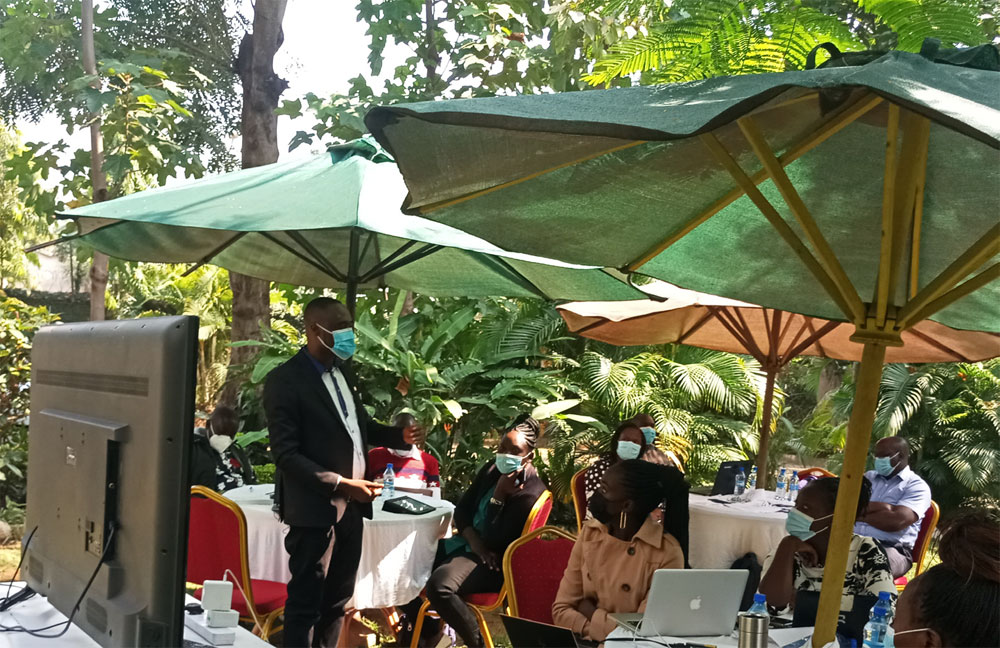Oral Pre-exposure prophylaxis (PrEP) uptake is on a steady rise and Kenya now has Africa’s largest PrEP programme.
In 2016, a year after the World Health Organization (WHO) released new guidelines recommending that PrEP be offered as an option for people at a substantial risk of acquiring HIV, Kenya included this cost effective option in its HIV prevention tool box.
Today, an estimated 111,000 to 112,000 individuals are on PrEP, over and beyond the US President’s Emergency Plan for AIDS Relief (PEPFAR’s) target of 99,896.
Initially offered to key populations such as sex workers, men who have sex with men and drug users, the assessment for PrEP eligibility was subsequently broadened to address other groups of interest including those with an HIV incidence or new HIV cases greater than three per 100 persons per year.

Such groups include young people, adolescents and women as they are disproportionately affected by the virus, and in which the number of new cases per 100 people who test positive for HIV meet WHO definition of a priority group.
PrEP is available free of charge in more than 3,000 health facilities spread in priority areas where HIV burden is heaviest in the country. Thus far, government statistics show PrEP uptake is highest among couples and female sex workers.
As per the Ministry of Health guidelines, PrEP is offered to HIV negative persons with a sexual partner known to be HIV positive and not on antiretroviral treatment (ART), or the HIV positive partner has been on ART for less than six months.
There is a substantial risk of acquiring HIV if the positive partner is suspected to have poor adherence to ART, or the person’s most recent viral load or amount of HIV in their body is detectable. Experts advise condom use if a HIV positive partner has a low or undetectable viral load.
Eligibility to receive PrEP further includes sexual partner(s) of unknown HIV status, has multiple sexual partners, has had STIs, engages in transactional sex, injects drugs or are from high HIV burden settings.
Individuals that recurrently use postexposure prophylaxis (PEP), which is started within 72 hours after a possible exposure to HIV and those with a history of having sex whilst under the influence of alcohol or recreational drugs as a habit, especially injection drugs where needles and syringes are shared are also included.
Inconsistent or no condom use or inability to negotiate condom use during intercourse with persons whose HIV status is unknown or couples trying to conceive where one partner is HIV positive also meet the threshold to receive PrEP.
The individual receiving PrEP must have a confirmed HIV negative on the day of PrEP initiation and must also not present with a current or recent (within one month) illness consistent with acute HIV infection such as fever, sore throat, muscle or joint pains, swollen glands, diarrhea or headache in combination with a preceding high-risk exposure for
HIV.
A person who has chosen PrEP as an option must use medication as instructed, consistently and must be willingly to attend follow-up evaluation appointments with their health providers. This is critical as evidence shows PrEP reduces the risk of HIV infection from unprotected sex by 90 percent, and risk of acquiring HIV from injecting drugs by more than 70 percent.
Importantly, research shows these statistics include individuals with lower PrEP adherence levels. The actual level of protection for those that adhere or take PrEP as
instructed is higher and near 100 percent.
PrEP has proven effective for people at a higher risk of acquiring HIV and have limited options to protect themselves through condom use or being in monogamous relationships. This is the same protection that women now seek from the dapivirine vaginal ring.
Touted as a game changer as it affords women the option to protect themselves on their own terms, the vaginal ring is yet another much needed option to broaden the HIV prevention model, especially for women who remain at a greater risk of acquiring HIV. Still, eight months down the line since WHO put a stamp of approval on the vaginal ring as a viable option for HIV prevention, it is not clear what steps Kenya has or is taking to include it inw existing HIV prevention programmes.
A HIV prevention tool box with many options could change the trajectory for women, young people and adolescents. Increased availability and accessibility of discreet HIV prevention choices could significantly help them to overcome both gender and age related barriers that face this cohort along their HIV prevention journey.
By Joyce Chimbi

Leave A Comment